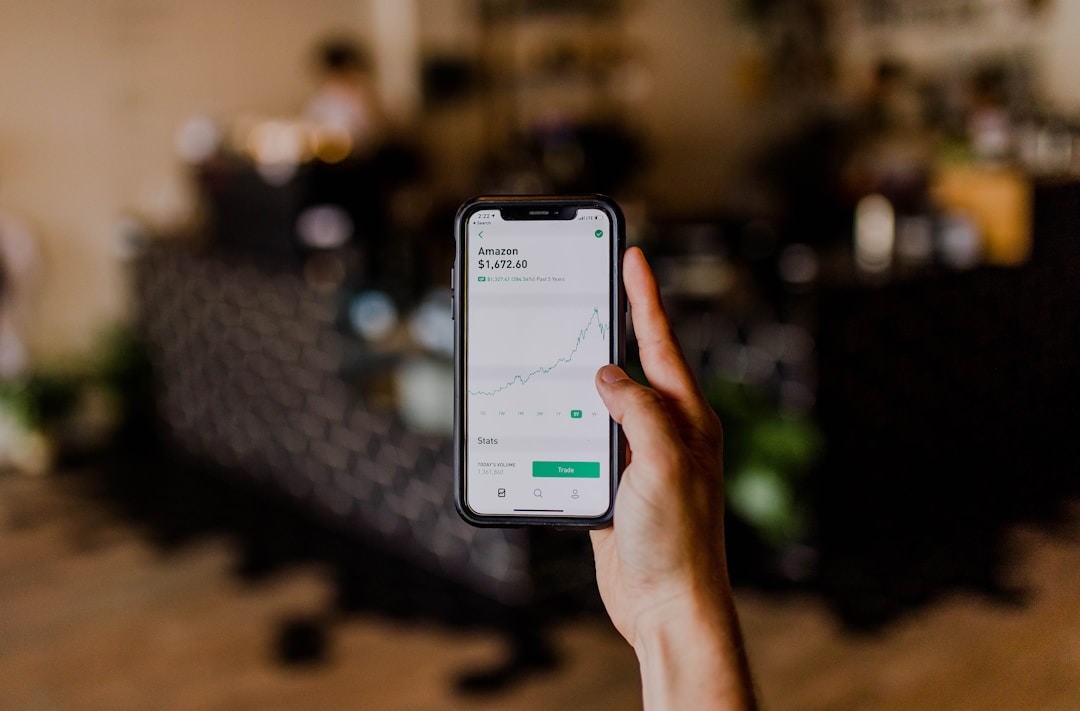Finding a great trading platform in order to create wealth for your future is something that all investors and traders must do. This is the first step toward total financial independence. Yet finding a broker who offers the perfect blend of services for your needs isn’t always as straightforward as you might like.
Shopping around for a trading broker platform takes some effort, but the end result will allow you to chase after the financial freedom that you deserve. It’s simply a necessary step along the way to long term wealth. Thankfully, there are a few key areas in which an investor can compare brokers and trading platforms in order to find the best option out there.
Fees and Commissions

Perhaps the most obvious place for comparison is in the fee structure. Commissions are long a part of the trading landscape that American, Canadian, and worldwide stock and commodity traders must contend with. Online brokers have adapted in recent years to the existential threat posed by the likes of Robinhood, but fees and commissions remain a marginalized component of the investment game more broadly.
When searching for the best trading platform in Canada, the United States, or UK, it’s important to begin with a calculus of the fee structure that you are going to pay for the privilege of use. Some interactive brokers charge commissions per trade but offer significant data and other research products to help you make better informed decisions. Similarly, some portfolios offer a split management structure that allows for partial active management by a professional stock broker.
Understanding the outgoing expenses is the first step to making a great investing decision that will boost your bottom line and financial future to new heights.
Research Products

After expenses, the research products that a trading platform offers is likely one of the highest value inclusions that new investors are drawn to when selecting a new brokerage firm. No trade can be made without research, and in order to select a position and make a financial commitment you have to understand where the price has been and what the near target looks like, among many other factors.
Standard metrics for success are typically included in all trading platform interfaces these days. Traders have access to P/E ratio, 52-week high and low figures, and dividend yield markers, for instance. Still, some brokers go above and beyond with their data, giving investors access to earnings reports and the information distilled from these often dense reads.
There’s no substitute for the source, of course, but high quality data products are a welcome addition to the trading environment offered by modern online brokers. Reading and a commitment to continuous education in the art of stock trading represent the mark of a growing investor who will ultimately do great things. Make sure to pick a brokerage firm that shares in these values for the greatest return potential.
Leverage

Lastly, leveraged stock trades are an interesting and worthwhile exploration for investors. In the United States and Canada, many investors trade with leveraged accounts. This simply means that they trade with additional, borrowed capital from their brokerage firm.
Many trading platforms are offering this in exchange for a small interest payment every month or quarter. If your portfolio is growing with a significant rate of return, adding in leveraged stock trading might be the perfect way to energize your returns in a significant way.
Beginners often stay away from these products because leverage can also lead to higher losses, but for those looking to create a growth portfolio (rather than day trading, for instance) can benefit greatly from the additional buying power granted through these services.
Start with these categories for greater confidence in your new online trading platform. Many are embracing the new age of digital commodity trading, make sure you select one that meets your needs and fits your strategy.




